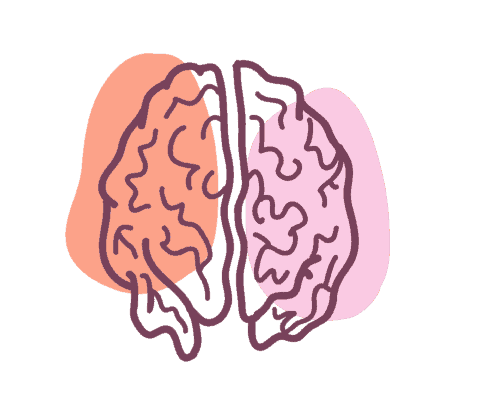According to the Saskatoon Health Region, Saskatchewan has seen a significant increase in brain injuries in the last five years. To promote brain safety and health, the SHR and University of Saskatchewan students will host a campaign known as Brain Awareness Week.
From Mar. 13 to 19, the U of S will promote brain safety and health through a series of interactive activities called Brain Wave, held across elementary schools, and Brain Blast, a free public event at City Hospital’s Atrium.
City Hospital’s Atrium.
BAW is a campaign that aims to connect global partner organizations, educate the public about advances in brain science and promote science funding. The event was originally founded by the U.S. based Dana Alliance for Brain Initiatives in 1996 as a global celebration of the brain.
Kaitlyn Kwasney, education and prevention co-ordinator at the SHR, is spending her second year planning BAW here in Saskatoon, and she sees a need for greater knowledge about brain protection in the community.
“The reason I got involved is because 2,000 people in Saskatchewan each year have developed acquired brain injuries. Our statistics through the SHR have gone up 80 per cent for injuries on things like off-road vehicles, snowmobiles and ATVs,” Kwasney said. “People are still drinking and driving, people are still not wearing helmets when they snowmobile and quad. So we’re still seeing the injuries, and as long as there’s injuries for the brain, there’s a reason for us to go out there and talk about it.”
BAW features two main events: Brain Wave and Brain Blast. In Brain Wave, U of S students volunteer at elementary schools, presenting fun interactive activities to educate children about brain injury prevention. At Brain Blast, which will be held in the City Hospital Atrium on Mar. 19 from 12 to 3 p.m., the community can explore 12 stations to learn about different parts of the brain and external dangers to the brain.
Kwasney sees these events as a great opportunity to spread awareness about brain safety, and she has encouraged all undergraduate students to volunteer.
“The presentations are very fun and very interactive. It’s a great way to put yourself maybe into a bit of a situation that you’re uncomfortable with and gain experience presenting and talking to people. It’s a nice way to get that experience in talking to large groups,” Kwasney said. “Last year, I had 18 classrooms that we were able to reach. This year we’re up to 31. I have more and more students getting involved.”
Lisa Poon, a U of S graduate student in the College of Medicine’s department of psychiatry, is the university co-ordinator helping plan BAW with Kwasney. She believes BAW is a beneficial way to get involved with the community.
“It’s a really good connection between not only the students, but faculty of U of S. I just really love that connection. I also love seeing how it’s been growing throughout time. How many schools we go to, and just being a part of the community that I probably would never be able to find a way to get involved with without doing something like this,” Poon said.
This year, Kwasney and Poon have 31 classrooms and over 700 elementary school children to present to for Brain Wave. Poon also encourages the campus community to get involved with BAW by attending Brain Blast at City Hospital.
“I think something like BAW is easy access. You can just show up at the hospital, or when you’re an elementary kid you’re already in school anyways,” Poon said. “I think it’s just a really neat and easy way to learn about research that’s happening right here in Saskatchewan. Saskatchewan is actually quite famous in the [neuroscience] field, and I don’t know if a lot of people know that. By raising this awareness, it lets [people] see what amazing things we’re doing here.”
—
Sophia Lagimodiere
Graphic: Lesia Karalash / Graphics Editor